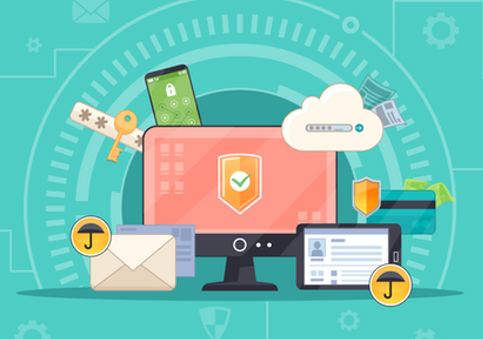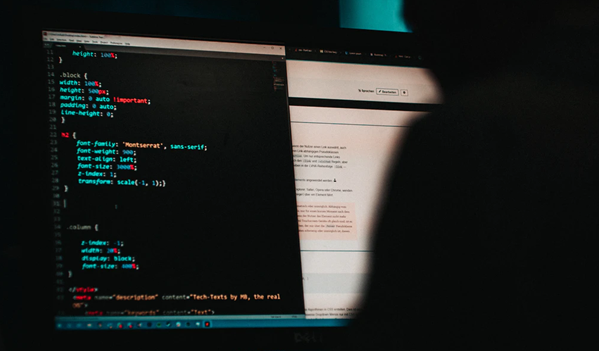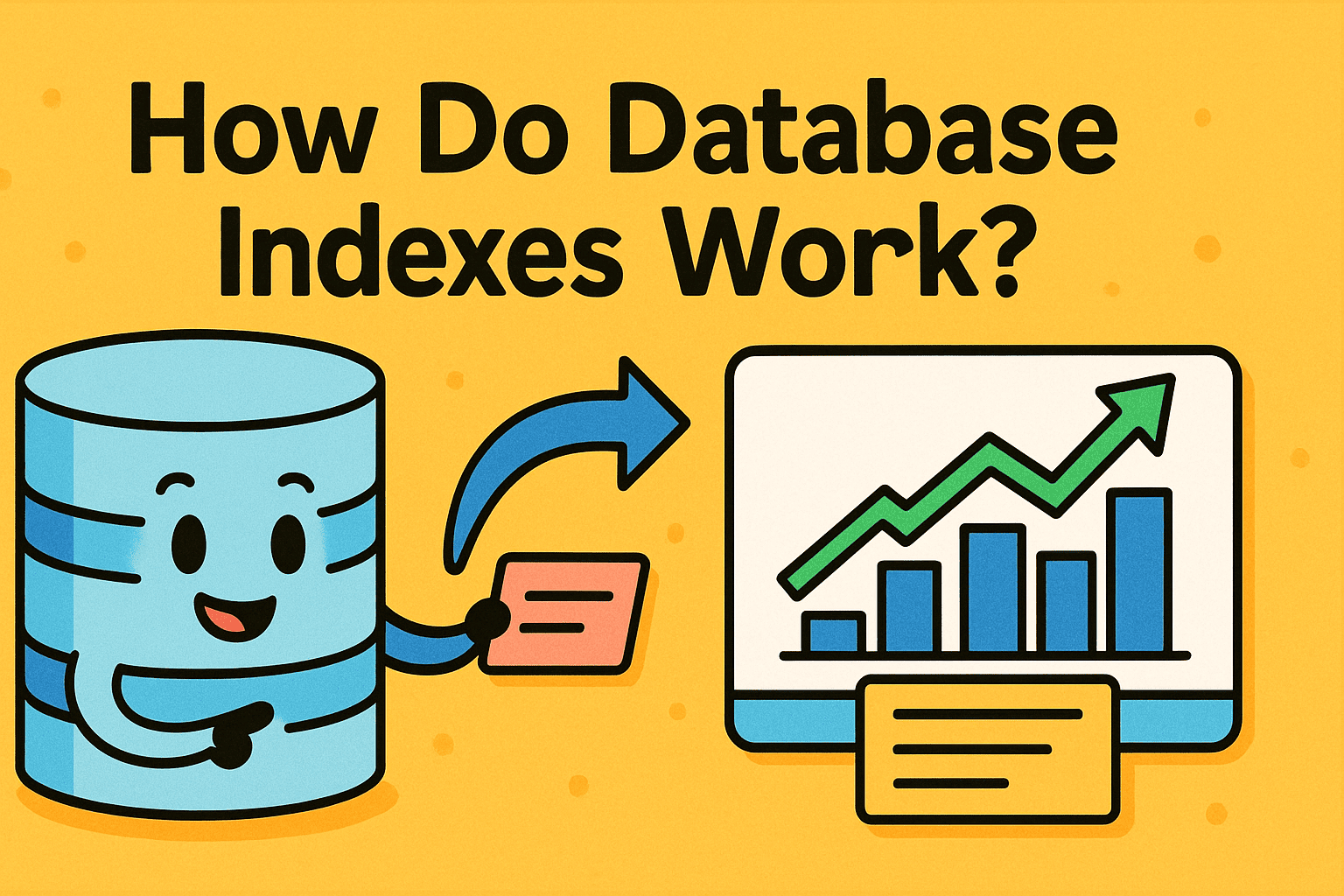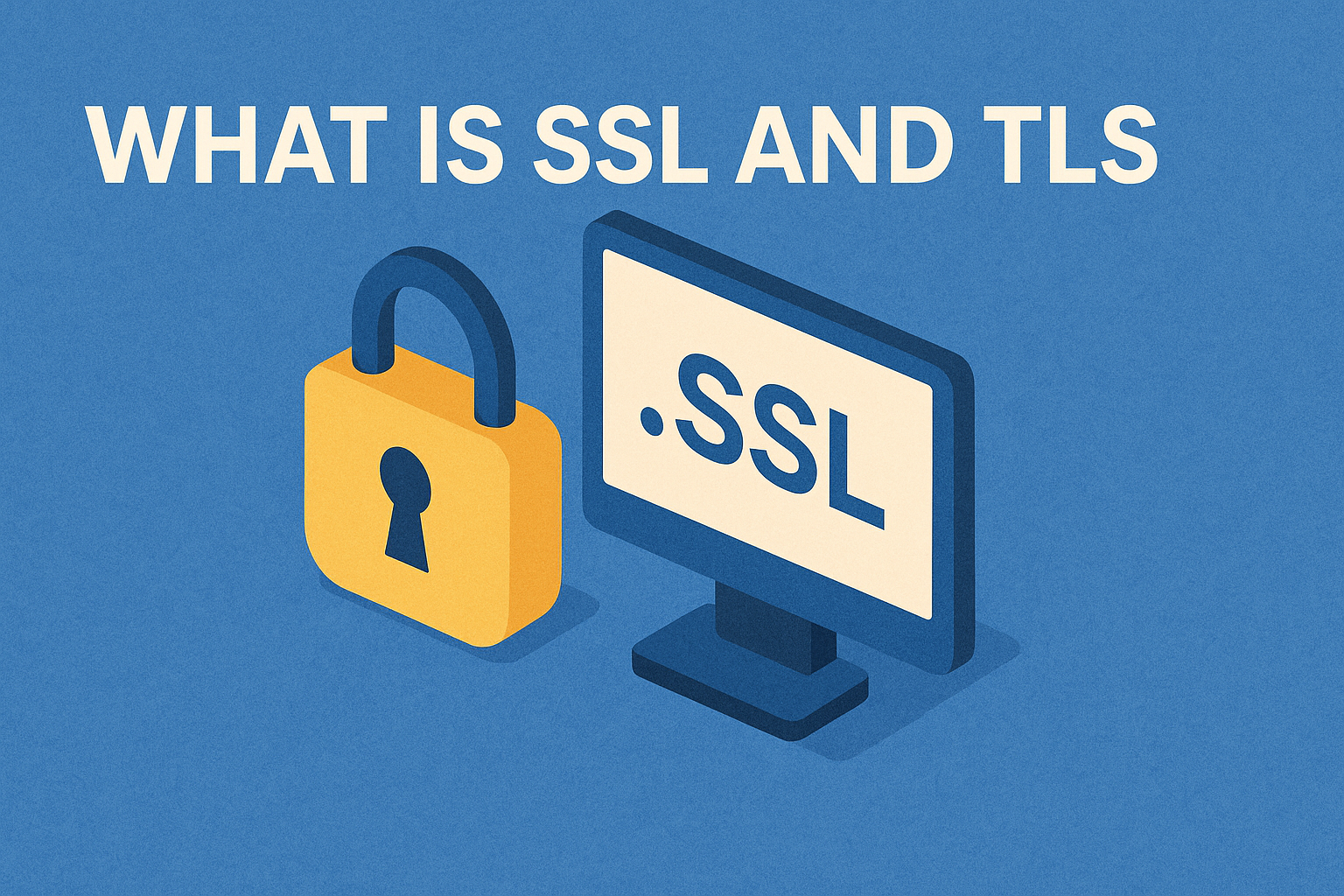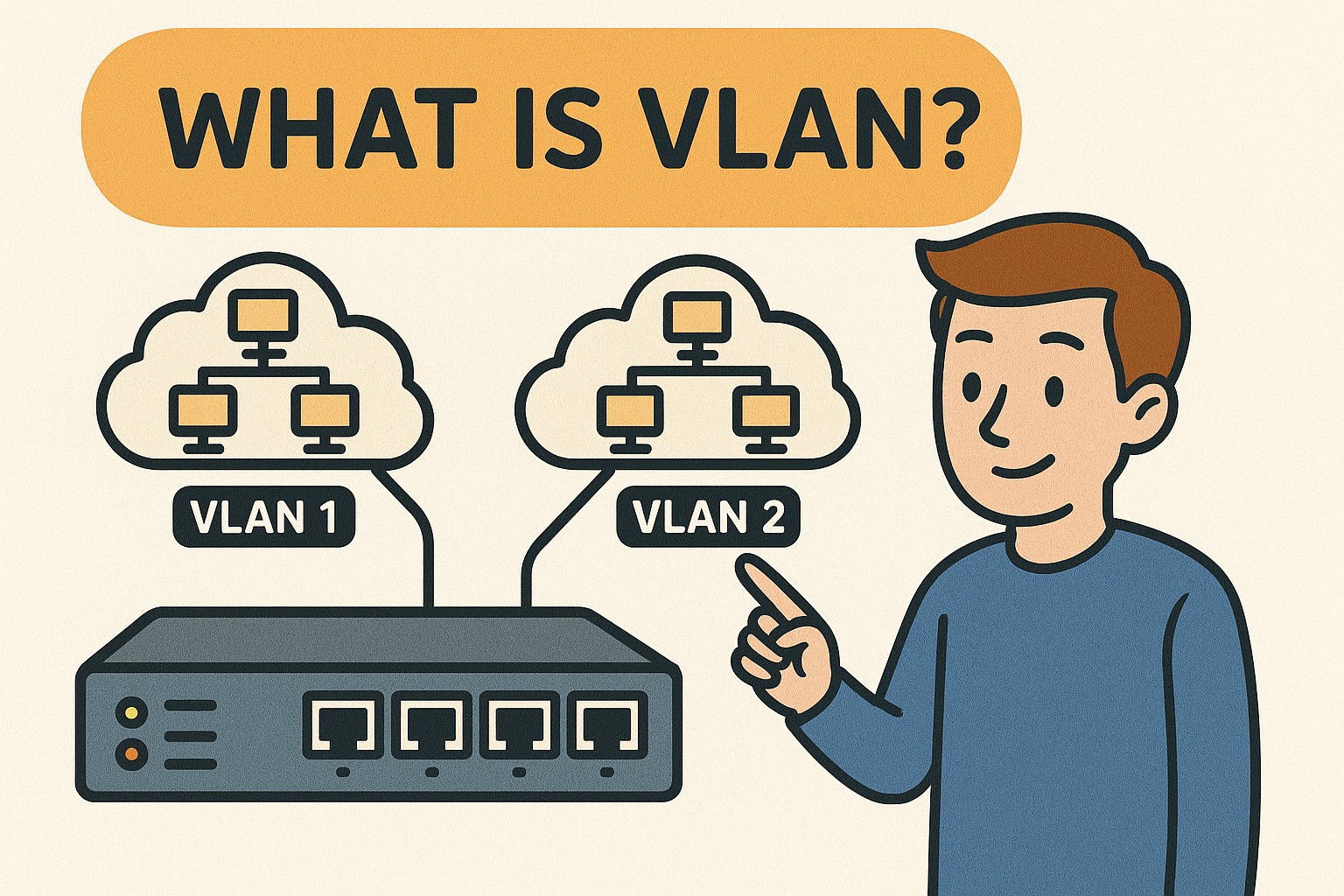How Does AI Work? A Clear Guide for Security and Tech Leaders
Updated on July 30, 2025, by Xcitium
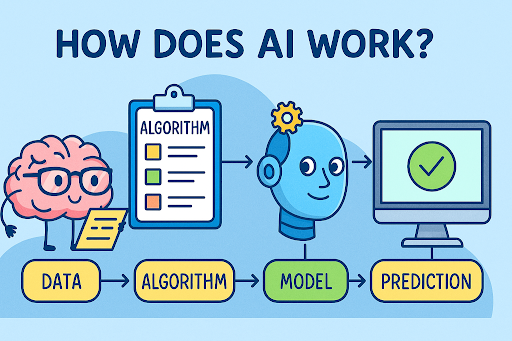
Artificial Intelligence (AI) is no longer science fiction—it’s reality. From chatbots to fraud detection, AI is powering the technologies we use every day. But how does AI work, really? What’s behind the digital smarts that help businesses predict cyber threats, automate workflows, and personalize user experiences?
This article breaks down the core of how AI functions—minus the jargon—so you can understand its mechanics, benefits, and risks. Whether you’re a CEO, cybersecurity manager, or IT decision-maker, knowing how AI works empowers smarter strategy.
What Is Artificial Intelligence?
Artificial Intelligence (AI) refers to the simulation of human intelligence by machines. In simple terms, AI enables systems to learn from experience, adjust to new inputs, and perform human-like tasks such as decision-making, pattern recognition, and problem-solving.
AI powers voice assistants like Siri, recommendation engines on Netflix, and even cybersecurity platforms detecting threats in real time.
How Does AI Work?
AI systems operate based on algorithms—sets of rules or instructions fed into machines to help them solve problems.
The process typically involves:
- Data Collection: Raw information is gathered from sensors, users, or databases.
- Data Preprocessing: Cleansing and structuring data to make it usable.
- Model Training: Using machine learning to train a model on historical data.
- Inference: The AI system makes predictions or decisions based on new inputs.
- Feedback Loop: Results are evaluated and the model refines its accuracy over time.
🔍 Example:
A cybersecurity AI tool learns from previous malware patterns. When new traffic behaves similarly, the system flags or blocks it—in real-time and without human intervention.
Core Technologies That Power AI
1. Machine Learning (ML)
A subset of AI, ML enables systems to learn from data without being explicitly programmed.
ML Techniques:
- Supervised Learning: Trained on labeled data (e.g., spam vs. not spam).
- Unsupervised Learning: Identifies hidden patterns in data.
- Reinforcement Learning: Learns through trial and error (like a self-driving car improving over time).
2. Neural Networks
Inspired by the human brain, neural networks consist of layers of interconnected nodes that process and learn from data.
They are key to:
- Image recognition
- Natural language processing (NLP)
- Fraud detection
3. Natural Language Processing (NLP)
NLP enables AI to understand, interpret, and generate human language. It powers chatbots, translation tools, and even sentiment analysis in customer feedback.
4. Computer Vision
Helps machines understand visual information—from facial recognition to diagnosing medical images.
Real-World Applications of AI in Cybersecurity
AI is transforming cybersecurity by enhancing speed, accuracy, and scalability.
🚨 Threat Detection
AI can scan vast networks to identify anomalies, such as unusual login times or data exfiltration.
🔐 Behavioral Analytics
By learning what “normal” looks like for each user, AI detects deviations that may signal insider threats.
🛡️ Automated Response
AI-based tools can isolate infected systems or block malicious IP addresses—instantly and autonomously.
🧠 Threat Intelligence
AI collects and analyzes threat data from around the world to predict and prevent attacks before they happen.
Advantages of AI in IT & Cybersecurity
- ✅ 24/7 Monitoring: No downtime or fatigue
- ✅ Faster Response: Reacts in milliseconds
- ✅ Scalability: Handles millions of data points effortlessly
- ✅ Cost Efficiency: Reduces need for manual monitoring
- ✅ Data-Driven Decisions: Improves accuracy over time
Challenges and Ethical Considerations
AI isn’t perfect. Like any powerful tool, it comes with risks.
⚠️ Common Challenges:
- Bias in Data: AI models can replicate human bias if training data is flawed.
- Explainability: Complex models like deep learning are often “black boxes.”
- Security Risks: Adversarial attacks can fool AI systems.
- Job Displacement: Automation could impact workforce dynamics.
Tip: Always combine AI with human oversight for critical decision-making processes.
AI vs Human Intelligence: Can AI Replace Us?
No. While AI can analyze faster and handle more data, it lacks empathy, creativity, and contextual understanding—qualities essential in leadership and nuanced decision-making.
AI should be viewed as a tool that augments human capability, not replaces it.
How to Implement AI in Your Organization
- Define Objectives: What problem are you solving?
- Choose the Right Data: Quality > quantity.
- Select a Platform: Use tools like TensorFlow, PyTorch, or cloud-based services like AWS SageMaker.
- Pilot Projects: Start small. Test, learn, then scale.
- Train Your Team: Upskill employees to work alongside AI.
Use Case: AI in Action
A fintech company used AI to monitor transactions. It detected a complex fraud pattern missed by traditional rules-based systems. Within a week, it saved $1.2 million and prevented regulatory penalties—all thanks to machine learning and real-time analytics.
Call to Action
Ready to unlock the power of AI for your business security and innovation?
Explore how Xcitium’s advanced AI solutions can elevate your infrastructure.
Frequently Asked Questions (FAQs)
1. How does AI work in simple terms?
AI mimics human decision-making by learning from data and using algorithms to make predictions or take actions.
2. Is machine learning the same as AI?
No. Machine learning is a subset of AI that allows machines to learn from data. AI includes many other technologies like NLP and robotics.
3. Can AI replace cybersecurity analysts?
AI can automate tasks and detect threats, but it complements—rather than replaces—human analysts.
4. How secure is AI in enterprise environments?
AI tools can be highly secure when implemented properly, but they must be protected from adversarial attacks and data poisoning.
5. What industries use AI the most?
Finance, healthcare, e-commerce, cybersecurity, manufacturing, and logistics are top adopters.
Conclusion
Understanding how AI works is the first step toward harnessing its power responsibly. From machine learning to NLP, AI is reshaping how we work, secure our systems, and solve complex problems.
In cybersecurity, AI’s ability to analyze and respond instantly is a game-changer—but it’s most effective when paired with human intelligence.
👉 Book your Xcitium demo today and step into the future with confidence.






